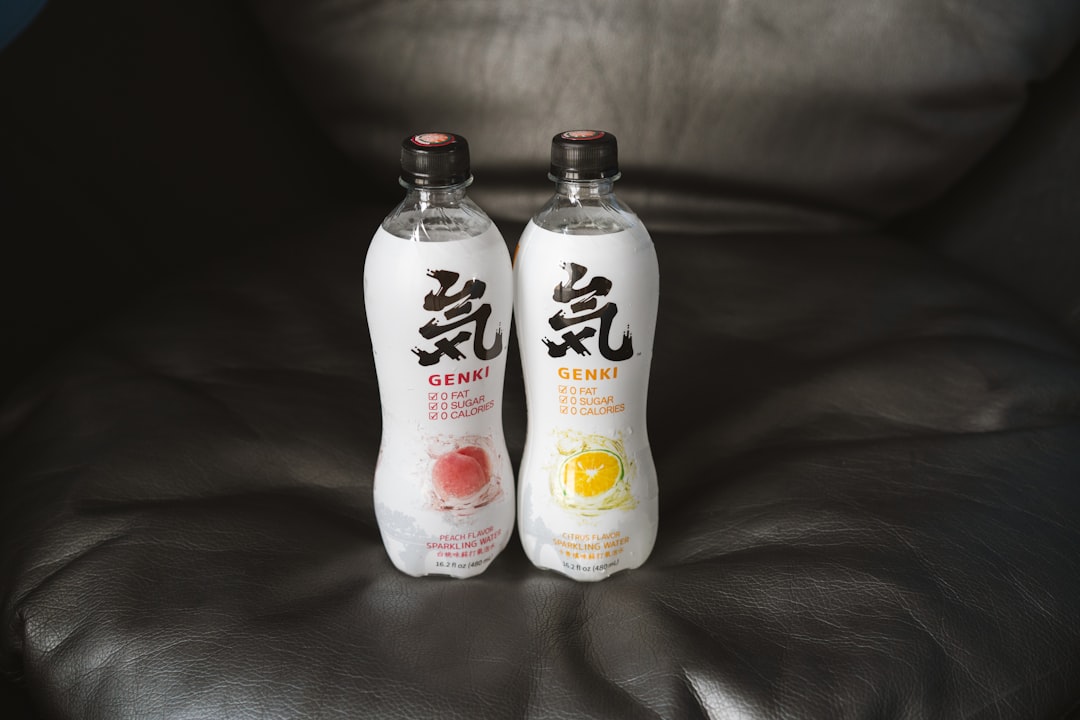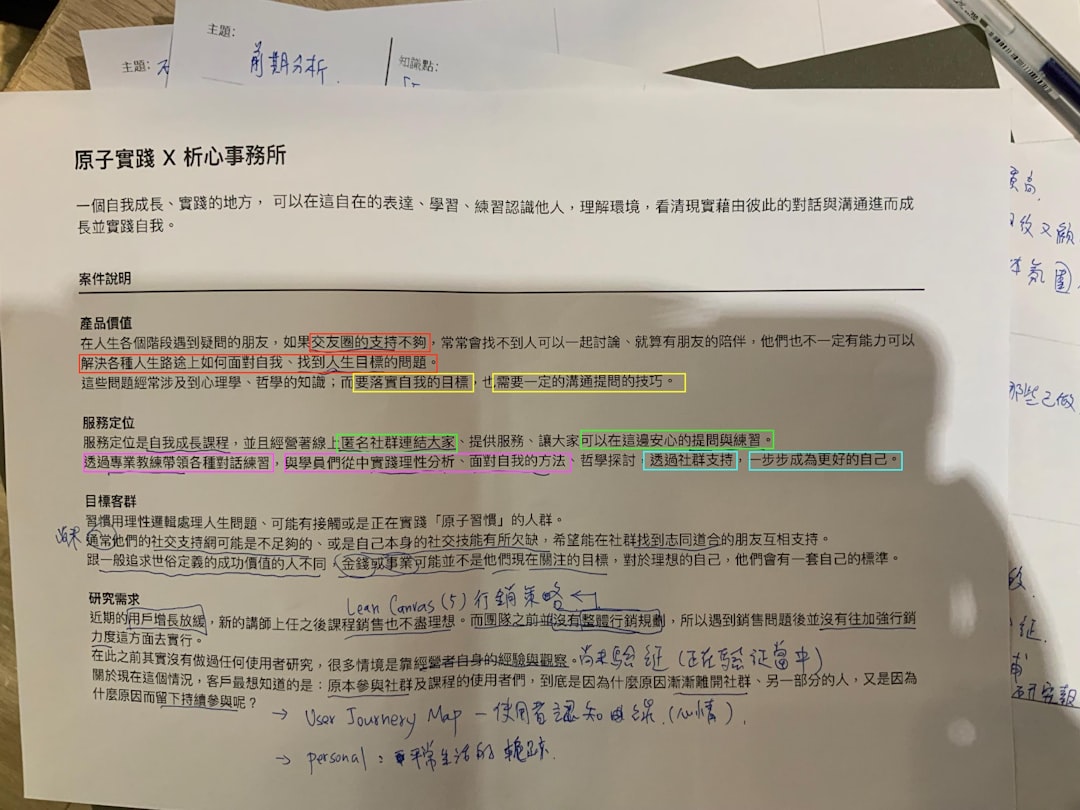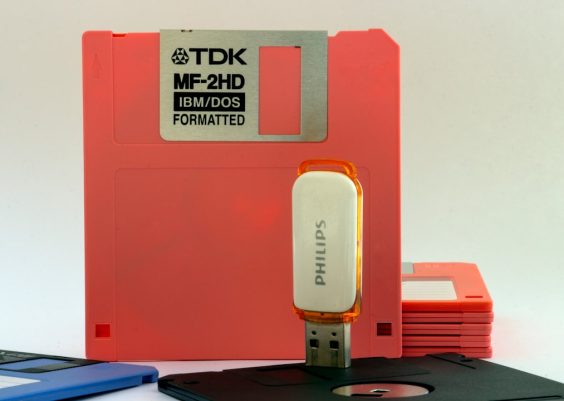Ever looked at your site’s pages in Google Search Console and seen the status: “Alternate page with proper canonical tag”? If so, you’re not alone. This message might sound like everything is fine, but there could still be SEO issues hiding behind it. Let’s break it all down and fix it fast—with fun!
What Does “Alternate Page with Proper Canonical” Actually Mean?
Google found a page on your site. But instead of indexing that one, it’s indexing a different page that you said is the canonical version. Basically, you told Google, “Hey, use that page instead.”
This is good… if you’re doing it on purpose. But it can be bad if it’s happening accidentally.
Why Should You Even Care?
Your site may be losing out on rankings, traffic, and link equity if the canonical tags are set incorrectly. That means less visibility, fewer visitors, and potentially less money.
Wanna fix it fast? Here’s your easy-peasy checklist.
🔥 Fast Fix Checklist for SEOs 🔥
- Double-check the Canonical Tags
Open the page source. Look for this line:
<link rel="canonical" href="https://yourdomain.com/page-you-want/" />
Make sure the URL inside href is correct. It should match the version you want Google to index. No typos, no wrong pages. - Are You Duplicating Content?
If two pages have nearly the same content, you might’ve added a canonical to tell Google which one matters. That’s okay—if intentional. But ask yourself:- Do both need to exist?
- Is the duplicate necessary for users?
- Can these be merged?
- Consistency is Key
Watch out for http vs https, www vs non-www, trailing slashes vs no slashes. Canonicals must match exactly. - Check Non-Canonical URLs
Run a crawl using tools like Screaming Frog or Sitebulb. Look for pages marked as “Duplicate” or “Canonicalized”. Then investigate why. - Look at Internal Links
Are you linking to alternate pages instead of the canonical one?
Use internal links to boost the authority of the canonical version, not the alternates. - Thin Content? Fix It
If alternate pages are super short or have little value, make them better or remove them. Google prefers rich, useful content. - Check Canonical Tags on Pagination
Got blog posts with multiple pages? Be sure you’re not pointing all pages to page 1 with canonical tags. That might confuse search engines. - Don’t Canonical to Broken Pages
A canonical should point to a live, indexable page. Not to a 404 or a redirect. Double-check with a quick URL ping or a crawl. - Use Index Coverage Report
Open Google Search Console. Go to Pages report. Filter by “Alternate page with proper canonical tag”.
Then study those URLs. Are they supposed to be alternate pages? Or did something go wrong? - Update Your Canonical Strategy
If too many alternate pages show up, it might be a sign your canonical system is out of control. Time to rework the structure!
Here’s a Quick Example
Say you’ve got a product page at:
https://yourstore.com/shoes/keds-white-sneakers
But you also have:
https://yourstore.com/shoes/sneakers?id=432
You’re telling Google via canonical tag to focus on the cleaner URL. So far, so good.
BUT if the second one is linked around your site, that’s a mixed message. You’re confusing the bots!

Tip: Always use the canonical version inside your internal linking strategy. It reinforces which is the real deal.
Common Canonical Mistakes (You’ve Probably Made One!)
- All pages pointing to homepage – No, no, no! Unless every page is identical to your homepage (they aren’t), don’t do this.
- Self-referring canonicals point to wrong URL – Even if everything else is right, this can mess things up.
- Non-indexable pages with canonicals – If a page isn’t allowed in robots.txt or has a noindex tag, maybe it shouldn’t even have a canonical!
- Canonical chains – That’s when page A canonicals to page B, and page B to C. Boo. Canonicals should point directly to the end page.
Still Unsure? Try This Mini Audit:
- Take 10 random URLs listed as “Alternate with proper canonical”.
- Open each. View source. Check if it rightly points to the preferred version.
- Open the preferred version. Make sure it’s indexable, loads fine, and has no crazy redirects.
- Look at backlinks and internal links—are they favoring the right URL?
If even a few are wrong, you may have a bigger issue across your whole domain.

When You Should Use Canonical Tags
Sometimes, this tag is your SEO BFF. It helps fight duplicate content and consolidate link power.
- Sort/filter pages (like products sorted by price)
- Copied or shared press releases
- Mobile/AMP versions (use rel=”canonical” from AMP to desktop)
- Tracking parameters (like ?utm_source=)
Tools to Help You Out
You don’t have to do these checks manually. Use tools! Here are a few:
- Screaming Frog SEO Spider – Scan all your pages for canonicals.
- Ahrefs / SEMrush – Check for duplicate content and link reports.
- Google Search Console – The best place to see what Google sees.
- Sitebulb – Amazing for visualizing canonical chain issues.
Wrap-Up Time
“Alternate page with proper canonical” isn’t an error. But that doesn’t mean everything’s working perfectly. It’s like finding a band-aid. Useful—but not always the cure.
Use this checklist to:
- Spot real problems
- Fix them fast
- Give Google clear signals on what to index
Because in the SEO world, clarity wins. Don’t make Google guess which page is the real one. Be the boss of canonicals!

Now go tidy up those alternate pages—you got this! 🚀




